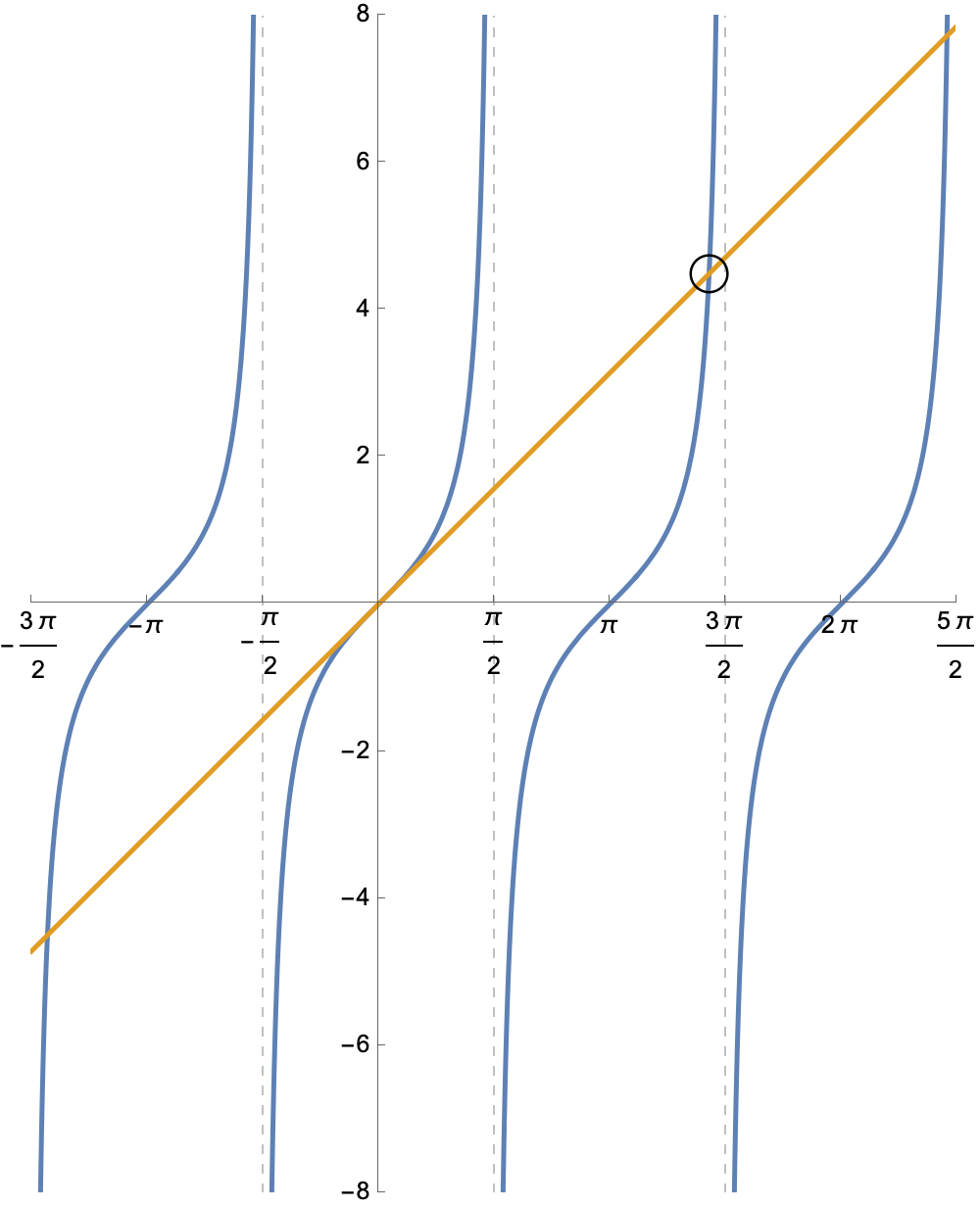 Essential Elements of a Successful IGNOU Project
Essential Elements of a Successful IGNOU Project
Writing an IGNOU project demands a structured approach to ensure that it adheres to the university’s requirements. A well-prepared project not only showcases your understanding of the subject but also enhances your academic credibility. Below are the essential components that make up a well-written IGNOU project.
1. Title Page
The first impression of your project begins with a correctly formatted title page. It should contain:
• Research Topic – A concise and specific title that reflects the core idea of your study .
• Student Information – Your name , enrollment number, program name, and course code.
• Guide Information – Name and designation of your project supervisor.
• Academic Year – The academic session and submission date of the project.
2. Gratitude Section
This section provides an opportunity to convey your gratitude to those who assisted you throughout the project. It mentions:
• Your academic mentor
• IGNOU faculty members
• Any other individuals or organizations that provided support
3. Table of Contents
A well-structured table of contents allows the reader to locate different parts of the project easily . It must include:
• All headings and categories
• Section references for each part
4. Introduction
The introduction sets the stage for your project and describes:
• The purpose of your study
• Why the topic was chosen
• The boundaries of your study
• The problems your project aims to address
5. Aims of the Study
Clearly outline what you plan to achieve through your project. These must be:
• Specific
• Measurable
• Meaningful to your field of study
6. Approach
This section describes the methods used to collect and analyze information. It includes :
• Research Design – Descriptive , qualitative or quantitative
• Information Sources – Surveys, case studies, interviews, secondary research
• Sampling – Number of participants, criteria for selection
• Techniques Used – Questionnaires, statistical models, software applications
7. Data Analysis
After gathering the data, you must to analyze the results. This section includes :
• Qualitative analysis
• Tables, graphs, and charts for better presentation
• Observations based on collected data
8. Findings
This section highlights the main findings of your study . It must:
• Outline important insights
• Address the objectives set in the beginning
• Offer well-explained conclusions
9. Summary
The conclusion wraps up the project by providing :
• A concise summary of key findings
• The significance of the research
• Recommendations for future studies
10. Bibliography
Citing all sources referred to in the project is essential to ensure academic integrity. This includes :
• Books, journals, and articles
• Online sources and research papers
• Proper referencing style (APA, MLA, or as per IGNOU guidelines)
11. Annexures (If Applicable)
Any additional information related to your project, such as:
• Survey questionnaires
• Interview transcripts
• Raw data tables
Final Takeaway
A well-structured IGNOU project report | IGNOU project submission | IGNOU project format | IGNOU project guidelines | IGNOU project topics | IGNOU project sample | IGNOU project help | IGNOU project writing | IGNOU project approval | IGNOU project PDF | IGNOU project work | IGNOU project online submission project requires detailed organization and proper adherence to IGNOU’s framework. By ensuring all these key components , you will enhance the effectiveness of your submission and boost the likelihood of approval.
No comment yet, add your voice below!